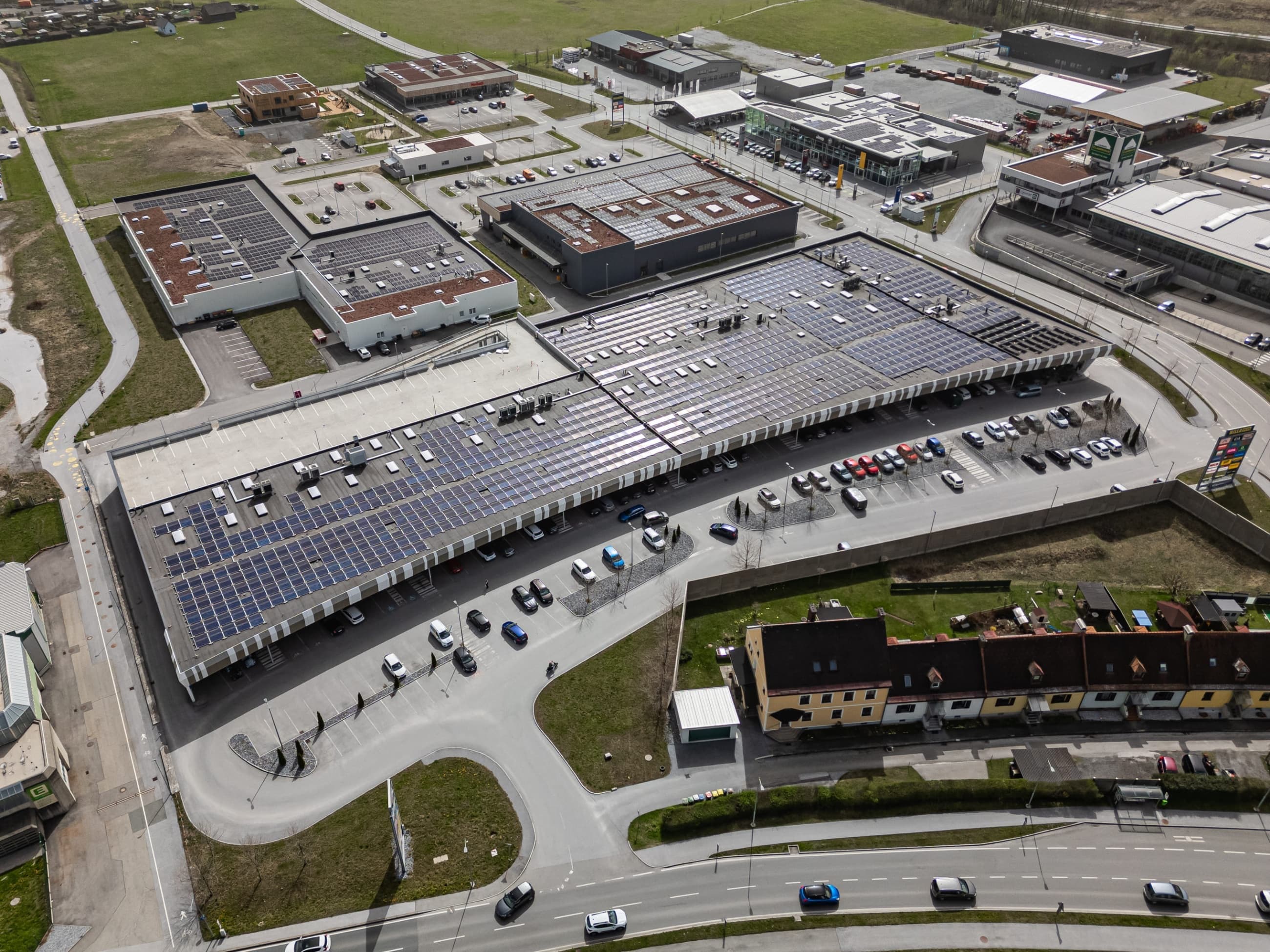News
ZDR Insight
Covering the latest acquisitions, fund results, and everything new within our investment company – this is ZDR Insight.Our colleagues Kamila Lohniská and David Čubr bring you clear insights and expert commentary, delivered whenever it matters most.

Let your capital work for you in real estate across Europe
1
Leave us a contact
2
We’ll get in touch and guide you through the steps
3
Start earning with your investment
We will contact you as soon as possible and together we will select the best way to invest.












